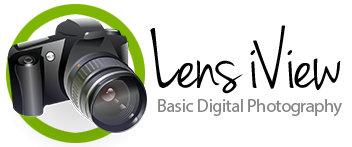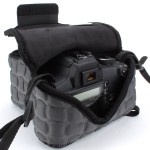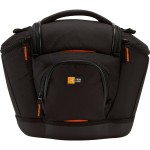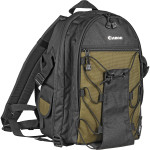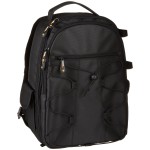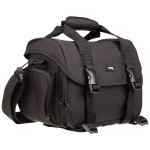Tips for Buying Digital Camera Lenses
Now that you have made up your mind to buy a digital SLR camera with interchangeable lenses, you need to make sure you have taken a good look at the different digital camera lens options before you spend your money. Although you are not likely to buy a huge selection of lenses at the outset, you do need to be sure that there are plenty of lenses available for the brand and body you select.
No matter which interchangeable lens camera you buy, chances are good that you will be marrying the company based on the hardware (lenses) they offer. Each brand has its own style of lens mounts and in most cases they are not interchangeable.
The Most Common Camera Mounts Used by Top Manufactures
- Nikon: Nikon 1 and F mounts
- Canon: EF and EF-S mounts and occasionally the EF-M mount on the EOS M mirrorless cameras
- Sony: A and E mounts
- Panasonic: Micro Four Thirds mount
- Olympus: Micro Four Thirds mount
- Pentax: K mount
- Leica: M mount
A Game of Numbers
Despite the fact a particular lens you are interested in might say it has a particular focal range, the actual angle of view you can capture will be determined by the size of your camera body’s imaging sensor. This difference is referred to as the “crop factor” and is the multiplier used to convert the stated lens numbers to the 35 mm equivalent. Thus a digital SLR lens size of 18.5 to 55 mm on cameras that use the APS-C sensor would have a crop factor of 1.5 or 1.6 leaving you with a 35 mm equivalent lens of 27 to 82.5 mm.
Each different manufacturer has a different crop factor that should also be taken into consideration when buying a camera and lenses. This is important since knowing the crop factor allows you to calculate the actual angle of view, which can be very important depending on the types of photography you plan to do with your new camera.
Prime and Zoom Lenses
Prime lenses are those that feature fixed focal lengths and are typically used by those who are experienced photographers or casual photographers who are ready to move up. For example the 50 mm lens or as it is often referred to in the photography world the “nifty fifty” is ideal for use with an APS-C sensor for portraits. There are in fact a wealth of these types of lenses available, each with their own specific purposes.
Zoom lenses are perhaps the most common interchangeable lens sold. Nothing else on the market can beat their convenience as one single lens offers an amazing range of focal lengths. The most basic zoom lens offers 3x magnification, but you can also buy 7x and 12x magnification lenses that are commonly referred to as telephoto or superzoom lenses. When purchasing these lenses you need to keep the crop factor in mind and match the lens to the size of the sensor in your camera for optimum results.
There are a number of lens styles that are not available as zoom lenses. These include both fisheye and macro lenses, as well as certain types of exceptionally long telephoto lenses. One reason many photographers tend to choose prime lenses is that along with offers specific styles, they also deliver superior quality images. Most have larger apertures that help to blur the background, which is ideal for certain types of photography (portraits for instance) and allow for faster shutter speeds.
Here are Five Popular Lenses for You to Consider
